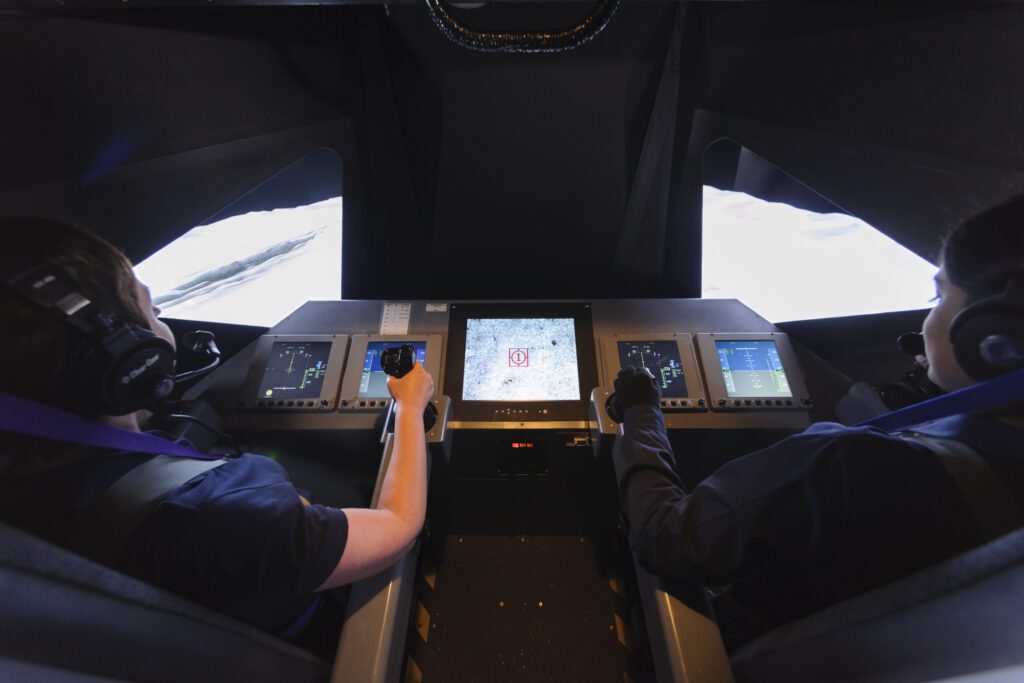Flight simulation games have come a long way since their beginnings in the 1970s. Although they initially had basic graphics and limited interactivity, they were popular with aviation enthusiasts. 3D graphics technology in the mid-1990s allowed developers to create more immersive and realistic simulations, with Microsoft Flight Simulator becoming a hit. The introduction of multiplayer functionality in the late 1990s and early 2000s created a more social experience. In recent years, advancements in hardware and software technology have enabled the creation of even more complex and realistic simulations, such as X-Plane 11, which features a highly detailed cockpit and advanced aerodynamics simulations.
The Evolution of Flight Simulation Games: From Simple Graphics to Realistic Cockpits
Introduction
The world of flight simulation games has come a long way from its humble beginnings in the 1970s. The earliest flight simulators had blocky graphics and limited interactivity, but they still managed to capture the imagination of many players. Today’s flight simulators, in contrast, are able to replicate the experience of flying with stunning realism. In this article, we will explore the evolution of flight simulators from simple graphics to realistic cockpits.
Early Flight Simulators
The earliest flight simulators were developed for military training purposes. These simulators were used to give pilots the opportunity to practice flying without the risks associated with real flights. Early simulators had simple graphics and limited interactivity, but they were still able to provide pilots with the basic skills they needed to handle a plane.
The first commercial flight simulator was released in 1977 by a company called SubLOGIC. The simulator, called Flight Simulator I, was marketed to home users on the Apple II platform. The game was simple, with blocky graphics and limited interactivity, but it was a commercial success.
The Rise of 3D Graphics
In the mid-1990s, 3D graphics technology began to gain prominence in the gaming industry. This allowed flight simulator games to become much more realistic, with detailed aircraft models and more immersive visuals.
One of the most popular flight simulator games of this era was Microsoft Flight Simulator 95. The game featured stunning 3D graphics and allowed players to pilot a wide range of aircraft. Microsoft Flight Simulator became a hit with both aviation enthusiasts and casual gamers, and it set the standard for flight simulators in the years to come.
The Advent of Multiplayer
The rise of online gaming in the late 1990s and early 2000s led to the introduction of multiplayer functionality in flight simulator games. This allowed players to fly together in the same virtual space, creating a more immersive and social experience.
One of the most popular multiplayer flight simulator games was Microsoft Flight Simulator X, released in 2006. The game allowed players to connect via a multiplayer server and participate in a virtual airline community. Players could also create and join online events, such as air races and rescue missions, further enhancing the game’s social aspects.
The Move Towards Realism
In recent years, flight simulator games have become even more realistic, with detailed cockpits, advanced avionics, and accurate weather systems. This has been made possible by advancements in hardware and software technology, allowing developers to create more complex and immersive simulations.
One of the most advanced flight simulator games to date is X-Plane 11, released in 2017. The game features a highly detailed cockpit with realistic controls and instruments, as well as advanced physics and aerodynamics simulations. X-Plane 11 also includes a weather simulation system that accurately replicates real-world weather conditions, further enhancing the realism of the game.
Conclusion
From the blocky graphics of the 1970s to the realistic cockpits of today, flight simulator games have come a long way. The evolution of technology has allowed developers to create ever-more-advanced simulations, immersing players in the world of aviation like never before. Whether you’re a casual gamer or an aviation enthusiast, there’s never been a better time to take to the virtual skies.
